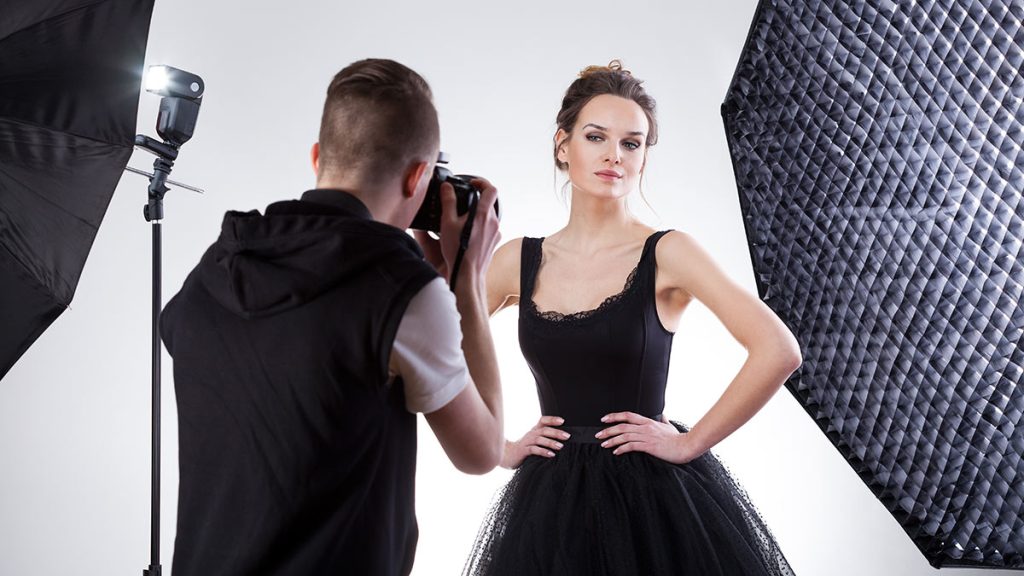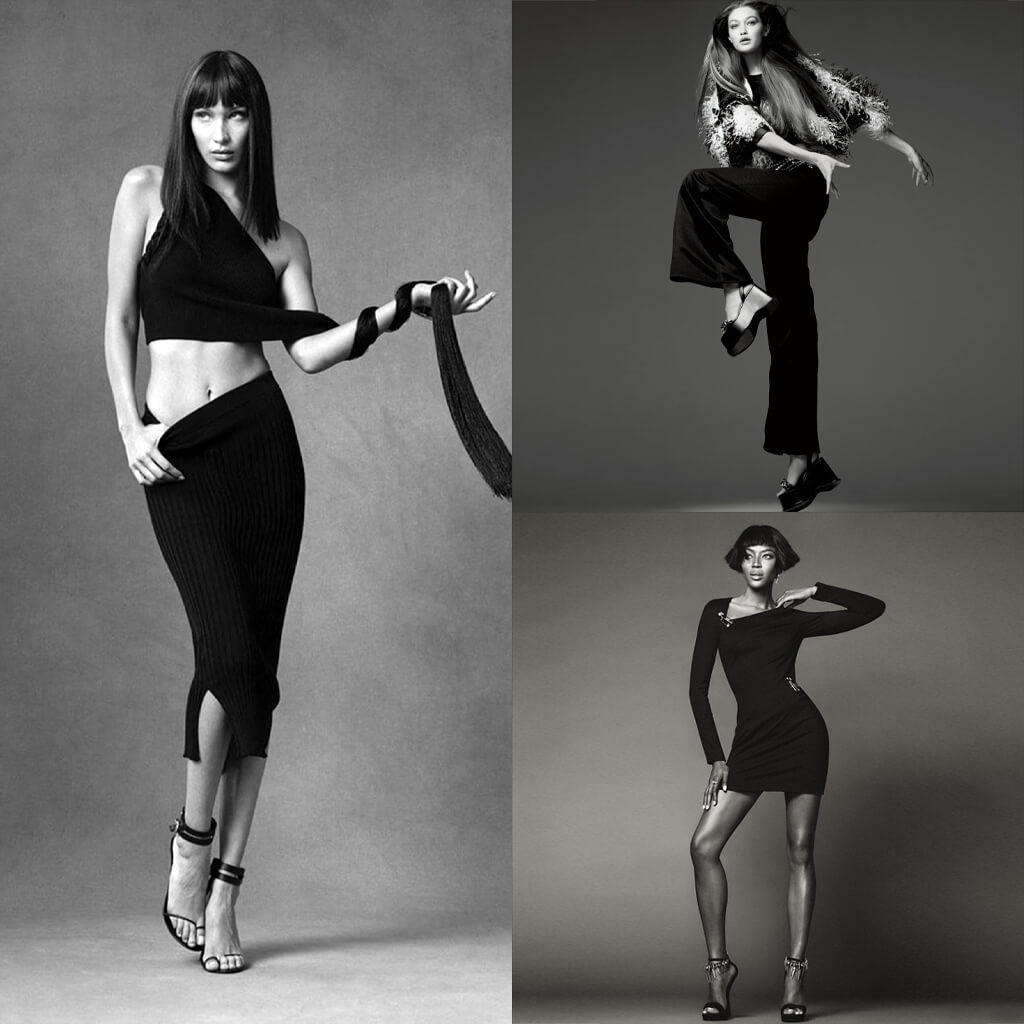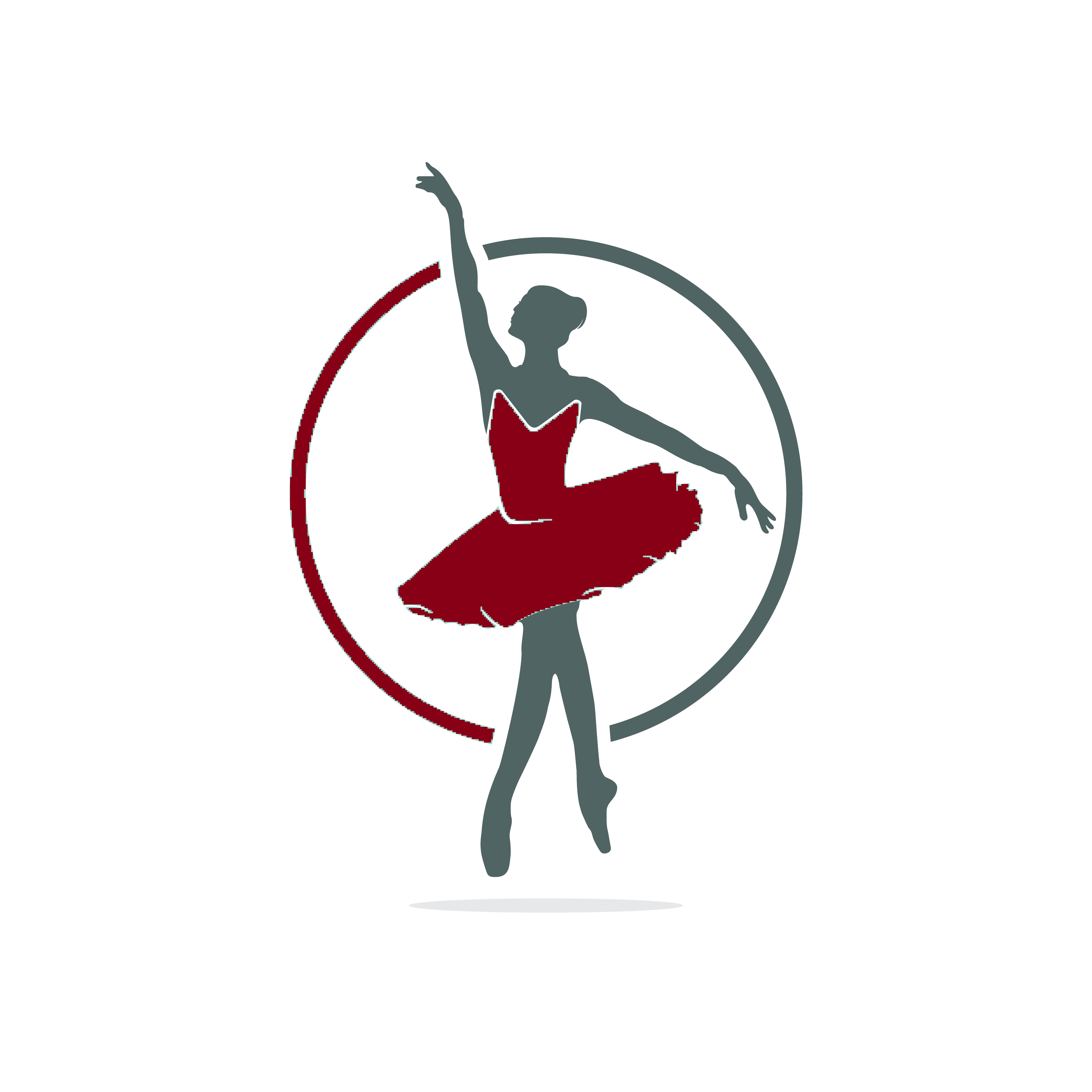
Many people dream of working on the catwalk, but only rarely can fulfill this dream. Who wants to work as a successful model, must be not only durable but usually show a certain body and clothing size. Above all catwalk models have to meet tough requirements to get into the industry. Here we focus on brief information about what are the requirements to be a model.
Becoming a model involves various requirements, and the criteria can differ based on the type of modeling (fashion, commercial, fitness, plus-size, etc.) and the preferences of modeling agencies or clients. Here are some general requirements and tips to consider:

- Physical Attributes:
- Height and Body Proportions: For fashion and runway modeling, taller heights (typically for women around 5’8″ to 6′ and for men around 5’11” to 6’3″) are often preferred. However, for commercial, fitness, or other types of modeling, height requirements might not be as strict.
- Body Measurements: Maintaining well-proportioned body measurements (such as waist, hips, chest, etc.) that align with industry standards is essential. These standards can vary but generally emphasize a balanced physique.
- The models must be well proportioned, and slim and wear clothes size 36 because designers her fashion often make only in this size. For catalog models, however, are the conditions that must be taken, usually lower.
- Healthy Lifestyle:
- Physical Fitness: Having a healthy and toned physique is important. Regular exercise and a balanced diet contribute to overall well-being and a model’s appearance.
- In addition, prescribed bodies and clothing sizes are placed on a model’s other physical requirements. A generally athletic and trained body is as important as a smooth, healthy skin. In men, is also marked on muscle values.
- Skin, Hair, and Teeth: Clear skin, healthy hair, and well-maintained teeth are valuable assets in the modeling industry. Skincare routines and good grooming habits are often necessary.
- Another important role played by the face of the model. The facial features should be distinctive, a healthy complexion, and clean teeth and demonstrate a friendly and open broadcasting model.
- Professionalism:
- Confidence and Versatility: Models need to exude confidence and be versatile in their poses and expressions. Being comfortable in front of the camera or on the runway is essential.
- Models must not only meet high physical demands but also psychological. Since working as a model is stressful and often time-intensive, having a high mental capacity and good nerves are a must.
- A model should have a very strong will to succeed and in other matters such as family or Hobbies can step back. It is also advantageous if you can withstand criticism, and his expectations too high not infected. A realistic approach to success and prospects in the modeling industry is essential.
- Adaptability: Being adaptable to different environments, and working conditions and the ability to take direction from photographers or clients are crucial skills.
- Portfolio and Representation:
- Portfolio: Having a professional portfolio showcasing a variety of high-quality photographs that highlight your versatility and range is vital.
- Modeling Agencies: Working with reputable modeling agencies can provide exposure, guidance, and opportunities within the industry. Agencies help connect models with clients and negotiate contracts.
- Networking and Persistence:
- Networking: Building relationships within the industry, and attending casting calls, fashion events, and workshops can help gain exposure and opportunities.
- Persistence: Rejection is common in the modeling world. Persistence, resilience, and a positive attitude are crucial for success.
- Those interested in jobs abroad or foreign agencies should also have foreign languages. Having at the international level, in particular good knowledge of English.
- Other requirements that should be met by a model, are mobility, some acting talent, and flexibility. The latter also includes the courage to change with one, because in the modeling industry on matters to attend to the wants and needs of the agency.

It’s important to note that the modeling industry is diverse, and there’s no one-size-fits-all requirement. There are opportunities for various body types, ethnicities, and ages in different modeling niches. Embracing individuality and finding the right niche that suits your strengths is key to success in modeling.
Thanks a lot for reading my article “What are the requirements to be a model”. Please read my other article “How to Become a Model?” I hope you read it and enjoy it! Best of luck!




















